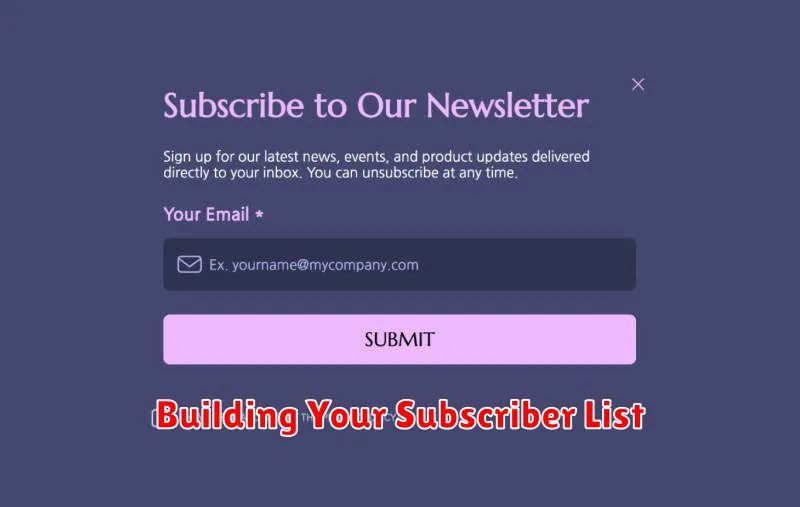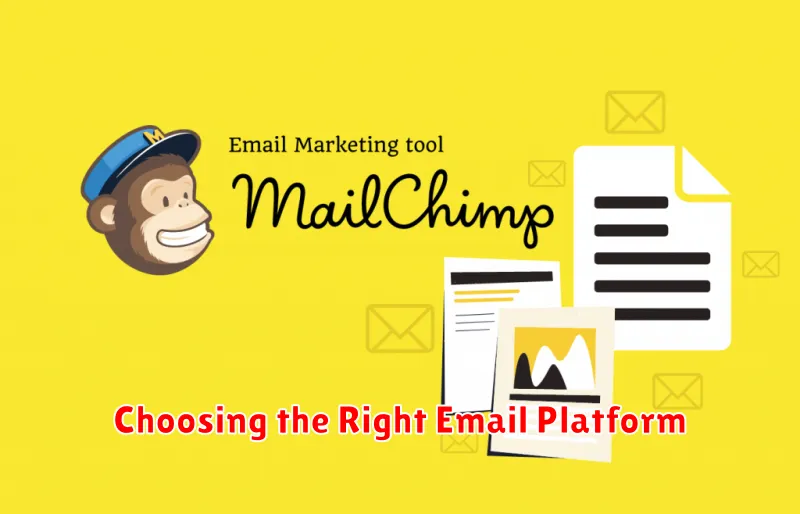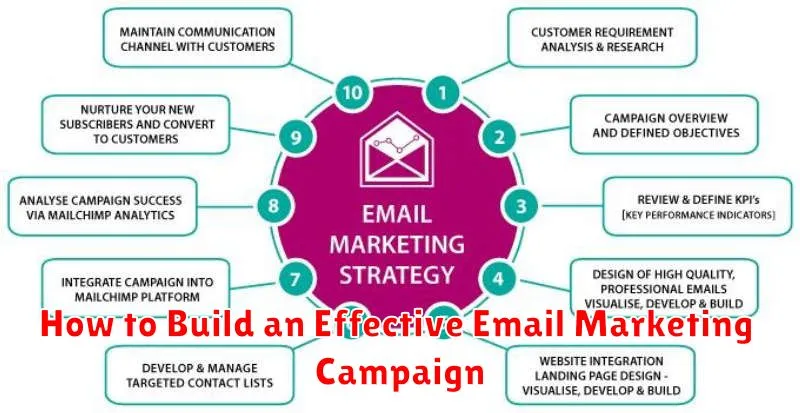In today’s digital landscape, email marketing remains a powerful tool for businesses to connect with their audience, nurture leads, and drive conversions. A well-executed email marketing campaign can significantly impact your bottom line, fostering brand loyalty and boosting sales. This article will guide you through the essential steps to build an effective email marketing campaign that delivers tangible results. From crafting compelling content and segmenting your audience to analyzing key metrics and optimizing for success, we’ll cover everything you need to know to maximize your email marketing ROI.
Whether you’re a seasoned marketer looking to refine your strategy or a beginner just starting out, understanding the fundamentals of a successful email marketing campaign is crucial. We’ll delve into the importance of building a targeted email list, creating engaging email content, and utilizing automation to streamline your efforts. By implementing the strategies outlined in this article, you can transform your email marketing from a sporadic effort into a highly effective engine for growth and engagement, achieving your email marketing goals and seeing a measurable return on your investment.
Understanding Email Marketing Basics
Email marketing is a powerful tool for businesses to connect with their audience. It involves sending targeted emails to a list of subscribers to promote products, services, or build relationships.
A successful email marketing strategy requires several key components. This includes building a high-quality email list composed of individuals who have opted in to receive communications. Crafting compelling content that resonates with your audience is also crucial. Finally, analyzing campaign performance through metrics like open rates and click-through rates is essential for continuous improvement.
Building Your Subscriber List

A robust subscriber list is the foundation of any successful email marketing campaign. Growing this list organically is crucial for long-term engagement.
Several methods can help you build a healthy subscriber list. Offer valuable incentives like exclusive content, discounts, or early access to new products. Integrate signup forms seamlessly into your website, making it easy for visitors to subscribe. Promote your newsletter signup across your social media platforms. Run contests and giveaways to incentivize sign-ups. Finally, ensure your signup process is simple and compliant with data privacy regulations.
Choosing the Right Email Platform

Selecting the right email platform is crucial for a successful email marketing campaign. Consider your budget, the size of your email list, and the features you require.
Some platforms cater to small businesses with basic email marketing tools, while others offer advanced automation and analytics for larger enterprises. Evaluate your needs to ensure the platform aligns with your marketing goals and technical capabilities.
Creating Engaging Email Content
Compelling content is crucial for email marketing success. It should be concise, relevant, and valuable to your target audience.
Start with a strong subject line that grabs attention and accurately reflects the email’s content. Keep the preview text short and enticing.
Within the email body, use clear and concise language. Focus on a single call to action to avoid confusing your readers. Personalization, using the recipient’s name for example, can significantly improve engagement.
Segmenting Your Audience for Better Reach
Segmentation is crucial for effective email marketing. By dividing your audience into smaller groups based on shared characteristics, you can tailor your messaging for maximum impact. This leads to higher open rates, click-through rates, and conversions.
Consider segmenting by demographics (age, location), purchase history, website activity, or engagement level. For example, new subscribers might receive a welcome series, while loyal customers get exclusive offers.
Automating Your Campaigns Effectively
Automation plays a crucial role in maximizing the efficiency of your email marketing strategy. By automating key processes, you can save valuable time and resources while ensuring consistent communication with your audience.
Key automation areas include welcome emails for new subscribers, abandoned cart reminders, and post-purchase follow-ups. These automated messages help nurture leads, recover lost sales, and build customer loyalty.
Consider using an email marketing platform with robust automation capabilities. This allows you to create complex workflows triggered by specific events or user behaviors, enabling a more personalized and effective approach.
A/B Testing Subject Lines and Layouts
A/B testing is crucial for optimizing email campaigns. This involves sending two versions of your email to small segments of your audience to see which performs better.
Focus on testing subject lines, as they significantly impact open rates. Experiment with different lengths, phrasing, emojis, and personalization.
Layout variations can also be tested. Try different image placements, call-to-action button styles, and text formatting to determine what resonates best with your subscribers.
Measuring Open Rates and Click Rates
Tracking open rates and click rates is crucial for evaluating email campaign effectiveness. Open rates reveal how many recipients opened your email, indicating subject line strength and audience engagement. A low open rate suggests a need to refine your subject line or segmentation.
Click rates, on the other hand, measure how many recipients clicked on links within your email. This metric demonstrates the effectiveness of your email content and call to action. Analyzing these rates helps optimize future campaigns for better performance.
Avoiding Spam Filters
Navigating spam filters is crucial for email deliverability. Avoid excessive use of capital letters, exclamation points, and spam-triggering words like “free” or “guaranteed.” Maintain a clean email list by regularly removing inactive subscribers.
Authenticate your emails using SPF, DKIM, and DMARC to establish credibility with email providers. Provide a clear and easy unsubscribe option in every email. Test your emails with different spam filter tools before sending to your main list. This proactive approach helps ensure your message reaches your intended audience.
Tips for Long-Term Engagement
Maintaining subscriber engagement requires a consistent and evolving strategy.
Segmentation is key. Divide your audience based on demographics, behavior, or purchase history to deliver more relevant content.
Regularly analyze campaign performance. Track open rates, click-through rates, and conversions to identify what resonates with your subscribers. Use this data to refine your content and sending frequency.
Offer exclusive content and incentives to reward loyal subscribers. This could include early access to sales, special discounts, or valuable resources.

